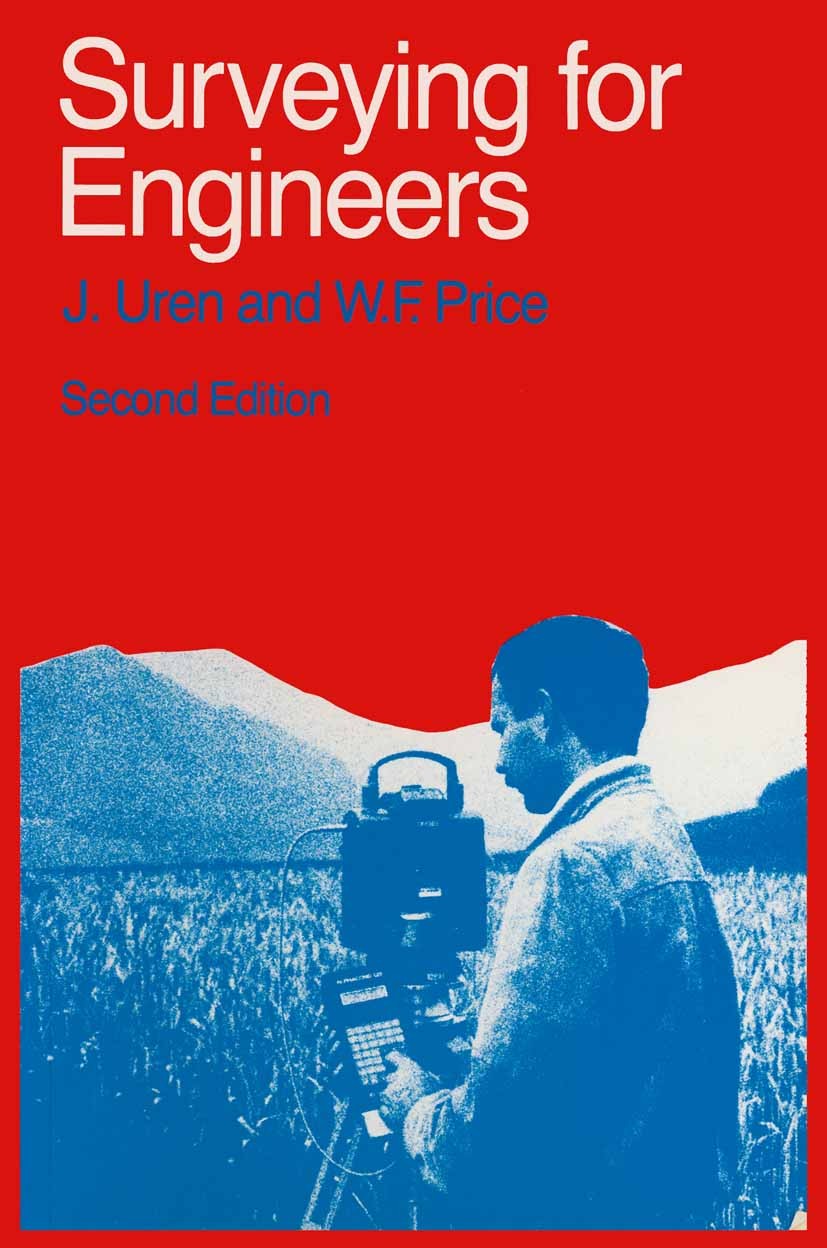SURVEY 1
4. Surveying Procedures and Data Handling
4.4. Summary
Summary for Chapter 3: Surveying Procedures and Data Handling
Surveying procedures and data handling are essential components of the surveying process, ensuring the accurate collection, processing, and analysis of data used in civil engineering projects. This chapter focuses on the methods involved in conducting surveys in the field, followed by the techniques used to handle and process the collected data for practical use.
3.1 Surveying Procedures and Field Work
Fieldwork is the foundation of any survey, involving the collection of measurements and observations directly from the project site. Surveyors use instruments like theodolites, total stations, GPS units, and leveling equipment to measure distances, angles, and elevations. The fieldwork process involves proper site reconnaissance, equipment setup, and data recording, all of which are crucial to ensuring accuracy and minimizing errors. Safety protocols are also observed during field operations to protect the surveying team and maintain the integrity of the measurements.
3.2 Data Processing and Analysis
Once data is collected in the field, it needs to be processed and analyzed to produce usable information for engineering design and construction. Data processing involves transferring field measurements into software platforms such as AutoCAD, GIS, or other surveying tools for mapping, adjustments, and analysis. During this stage, any errors or discrepancies from the fieldwork are identified and corrected to ensure the final data is accurate. The processed data is then used to create detailed maps, plans, and layouts that serve as guides for civil engineering projects, ensuring that construction meets design specifications and legal requirements.

